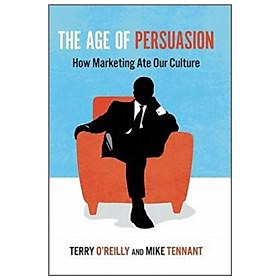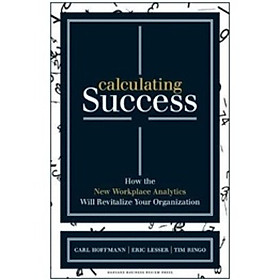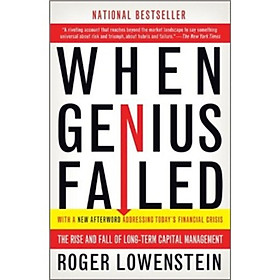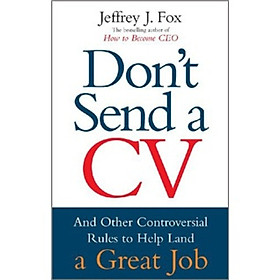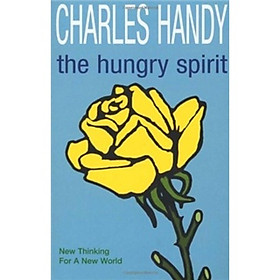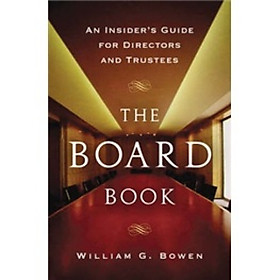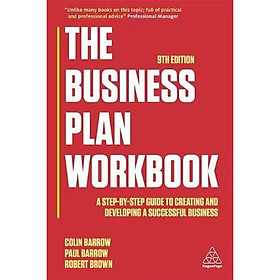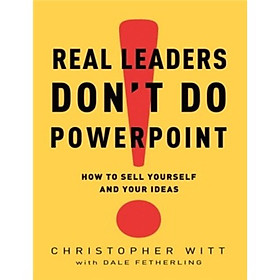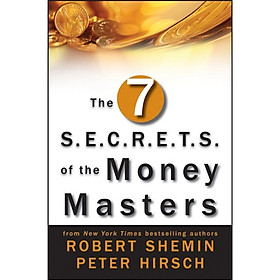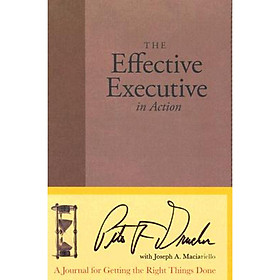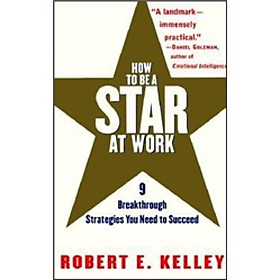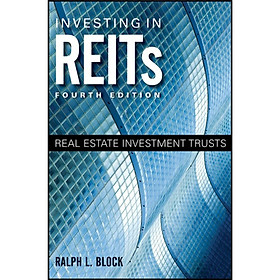The Age of Persuasion: How Marketing Ate Our Culture
Consider the culture of the twenty-first century: Each morning, you hear a half-dozen ads on the radio before your feet touch the floor. By the end of the day, hundreds—perhaps thousands—of...
SKU: 5892127323453
Consider the culture of the twenty-first century: Each morning, you hear a half-dozen ads on the radio before your feet touch the floor. By the end of the day, hundreds—perhaps thousands—of marketing messages have targeted you. And yet little is understood about how marketing affects our lives and society. Enter Terry O’Reilly and Mike Tennant, the ad men behind The Age of Persuasion, the popular radio show broadcast on the Canadian Broadcasting Corporation and Sirius Radio. They have made it their mission to share the back-room story of modern marketing, entertaining asides and all: "Think of advertisers as millions of ants in a colony, each working hard and each with its own objective. Except that in this colony, every single ant is competing against the others. That’s the ad business. Almost every ad you see, hear, and otherwise experience is competing for a piece of your imagination. And like any cross-section of humanity, the vast, worldwide advertising community is diverse: composed of geniuses and idiots, saints and buffoons, and everything in between.” From the early players to the Mad Men of the 1960s and beyond, The Age of Persuasion provides an entertaining—and eye-opening—look at a world driven by marketing.
James P. Othmer …a lively, anecdotal primer that chronicles how advertising became, depending on whom you ask, a culture-shaping or culture-destroying $450 billion-a-year industry. O'Reilly and Tennant are advertising veterans…and their book is filled with smart and breezy tales told from an insider's perspective. —The Washington Post Publishers Weekly O'Reilly and Tennant, the ad men team behind the Canadian radio series The Age of Persuasion, offer a witty and insightful look at the perpetually evolving advertising industry. With an eye-catching page design, featuring interchanging text formats, dictionary entries, and full-page shaded myth debunkers, the authors keep readers engaged through technical passages with servings of fun factoids on what Clark Gable's lack of an undershirt, Star Wars, John Mellencamp, and John McCain have to teach us about advertising. The authors are gifted communicators, and their conversational narrative covers successful advertising tactics, such as how to effectively market to “Yoots” (anyone in that Holy Grail demographic of under age 20), the impact of YouTube, the power of song, and multisensory experience. Appealing and informative, this ragbag of pop culture references, jokes, anecdotes, solid research, and advice will be indispensable to marketers or anyone curious about the power and ubiquity of advertising in modern culture. (Apr.)
THE AGE OF PERSUASION HOW MARKETING ATE OUR CULTURE By TERRY O'REILLY MIKE TENNANT COUNTERPOINT PRESS Copyright ? 2009 Terry O'Reilly and Mike Tennant All right reserved. ISBN: 978-1-58243-580-0 Chapter One One bracing December day in 1872, just west of the Strait of Gibraltar, a ship set out to intercept the Mary Celeste, a two-mast vessel bound for Genoa from New York with a cargo of industrial alcohol. The Dei Gratia had spotted the Mary Celeste a short time earlier, drifting aimlessly under partial sail. A boarding party was dispatched. A thorough search revealed no trace of its ten passengers or crew, just signs of weather damage and a metre of water in its hold. There were no notes or writings, no signs of struggle or violence, and no indications of distress. To this day, the demise of the Mary Celeste remains a popular puzzle for historians and mystery buffs, who pore over accounts left by the crew of the Dei Gratia and the intriguing, infuriating handful of clues left behind. Now, suppose you could look at the earth with fresh eyes, like those of the Dei Gratia's crew as they boarded the Mary Celeste. While passing from a nearby galaxy, you might notice this planet drifting erratically and drop by to investigate. You'd find everything on earth exactly as it is now-as you read this-but without a single human being to be found. What would you deduce about this world, its people, and their culture? Would you marvel at a species that produced the sonnets of Shakespeare, the prophecies of Muhammad, the solos of Miles Davis, the musings of Lao Tzu, and the engineering genius of the Robertson screwdriver? Maybe. But not before being overwhelmed by the most conspicuous, ubiquitous force in modern culture: advertising. You would see ads on billboards and posters, in bus shelters, covering the sides of six-storey buildings, infused into radio and television programming, and streamed to personal communications devices. Monitoring the airwaves, you'd hear a loud mashing of messages transmitted for radio, TV, and satellite. You'd find ads projected onto the floors of shopping malls, broadcast on screens in elevators and over gas pumps, wrapped around buses, and planted in roadside flower beds. You'd see ads posted in washroom stalls, in golf holes, on taxi hubcaps, and stuffed into envelopes with utility bills. Had you stumbled upon this planet in any other era, you might have concluded that we lived in an age of stone or bronze, an ice age, an age of reason, or an age of enlightenment. But today? You couldn't help but conclude that we live in an age of persuasion, where people's wants, wishes, whims, pleas, brands, offers, enticements, truths, petitions, and propaganda swirl in a ceaseless, growing multimedia fire storm of sales messages. When prompted to cite the greatest influences on modern culture, most people would probably name new technologies, dominant personalities, the economy, climate change, or tribal differences. Strangely, few think to name advertising, which has insinuated itself into virtually every aspect of twenty- first- century life. The age of persuasion reveals itself in us each time we flirt, date, apply for a job, buy a car, sell a home, fight a speeding ticket, heckle a referee, write to Santa Claus, pop a breath mint, or simply dress for effect. It's a cultural force we're just beginning to understand and whose language we speak better than we realize. Way back in 1917, novelist Norman Douglas wrote: "You can tell the ideals of a nation by its advertisements." But still, more than a century later, despite the many clues, we tend to underrate the role of advertising in daily life. It's a forgivable oversight: it's not easy to take seriously the marketing neverland where cartoon bears pitch toilet paper, where the Ty-D-Bol man patrols your toilet tank in a tiny rowboat, and where a tin of Folgers coffee can heal a marriage. Yet the influence of marketing can't be ignored: worldwide, advertisers now spend upwards of $600 billion a year trying to influence what you think, do, and buy. It took the United States four years to spend that much on its post-9/11 wars in Iraq and Afghanistan. On a given day, at least three hundred, and as many as six thousand, marketing messages are lobbed your way. Statistics suggest that people spend more time exposed to advertising than they spend eating, reading, cooking, praying, cleaning, and making love combined. Marketing has transformed childhood games into multibillion- dollar sports empires, manufacturing heroes and sculpting our history. Does great advertising win elections? No one can say, though few doubt that bad advertising can certainly lose them. SO ... WHAT'S THE DIFFERENCE BETWEEN MARKETING AND ADVERTISING? Marketing (possibly from the Latin word mercari, meaning "to buy") refers to all or part of the process of conceiving, promoting, distributing, and selling a product or service. Advertising (from the Latin word advertere, meaning "to turn toward") is one subset of marketing. It's the act of bringing that product or service to the public's attention, often through paid announcements or commercials. The better you understand the ad messages you receive every day, the better you'll comprehend exactly how advertising has come to drive art, culture, and communication. A striking example is the soap opera, popularized in the early 1930s because soap makers needed a way to reach a vast audience of housewives with their sales messages. In 1966 The Monkees TV show and its accompanying band were launched as a marketing vehicle to cash in on the rock 'n' roll craze and the eyebrow-raising merchandise machine the Beatles had become. Since the 1980s Hollywood has offered a steady diet of blast-smash-shoot-'n'-slash summer movies to attract the lucrative thirteen- to twenty-four-year-old male demographic. There may have been a time when art, music, film, broadcast, and-yes-books began with an idea and then sought an audience. But in the age of persuasion, art is market driven: a desired audience is identified, then art and entertainment are conceived-not just to reach them but to connect with them as consumers. The age of persuasion began more than a century and a half ago, with events that, once set in motion quickly accelerated and extended beyond commerce into everyday life. This is not the story of advertising-which dates back at least as far as the ancient Babylonians-but of the living, growing, all-encompassing and relatively modern culture of persuasion. Its rise is marked by a series of what screenwriters call beats: key events that move a story forward. And unlike so many of humankind's pivotal moments, its beginnings can be traced to a precise time and place-to an inventor from Charlestown, Massachusetts, who tapped out a portentous, four-word message. (WHAT HATH GOD WROUGHT) Samuel Finley Breese (yes, Breese) Morse was a painter, inventor, professor, unsuccessful politician, philanthropist, and entrepreneur. In 1832, as he sailed home to America from Europe, he occupied himself with the idea of a device that could communicate over great distances by sending electrical signals through wires. A bit more than a decade later, by 1844, he had a design, and he then coaxed the U.S. Congress to bankroll his invention. On Friday, May 24, of that year, Morse gathered with assorted Washington muckety-mucks in the U.S. Supreme Court chamber to show how his contraption worked. Using his homemade code of dots and dashes, he transmitted a sentence, which was miraculously received by his colleague Alfred Vail in Baltimore, more than sixty kilometres away. A friend's young daughter, Miss Annie Ellsworth, had been given the honour of composing the historic message, and she had opted for the fashionably biblical "What hath God wrought?" From the Book of Numbers, it describes God's blessing of the Israelites. In the context of Morse's invention, however, it might be taken with a whiff of irony. It's as if the words meant "Yikes! What have we gotten ourselves into?" Morse's telegraph machine is rightly hailed for helping shrink the world, for enabling instant communication across entire continents, and a few decades l
Giá sản phẩm niêm yết của Business & Economics The Age of Persuasion: How Marketing Ate Our Culture trên các sàn TMĐT đã bao gồm thuế theo luật hiện hành. Tuy nhiên tuỳ vào từng loại sản phẩm hoặc phương thức, địa chỉ giao hàng mà có thể phát sinh thêm chi phí khác như phí vận chuyển, phụ phí hàng cồng kềnh, ...
Mức giá và các nhà cung cấp được liệt kê tại đây chỉ dùng để bạn tham khảo. Khi quyết định mua hàng bạn cần xem xét thêm về đánh giá của khách hàng tại shop đó. Sau cùng bạn chọn mua sản phẩm từ nhà cung cấp mà bạn cho là uy tín nhất với mức giá hợp lý nhất. Chúng tôi không trực tiếp bán hàng cũng như vận chuyển và không chịu bất kỳ trách nhiệm nào về quyết định mua hàng của bạn.
| SKU: | 5892127323453 |
|---|

